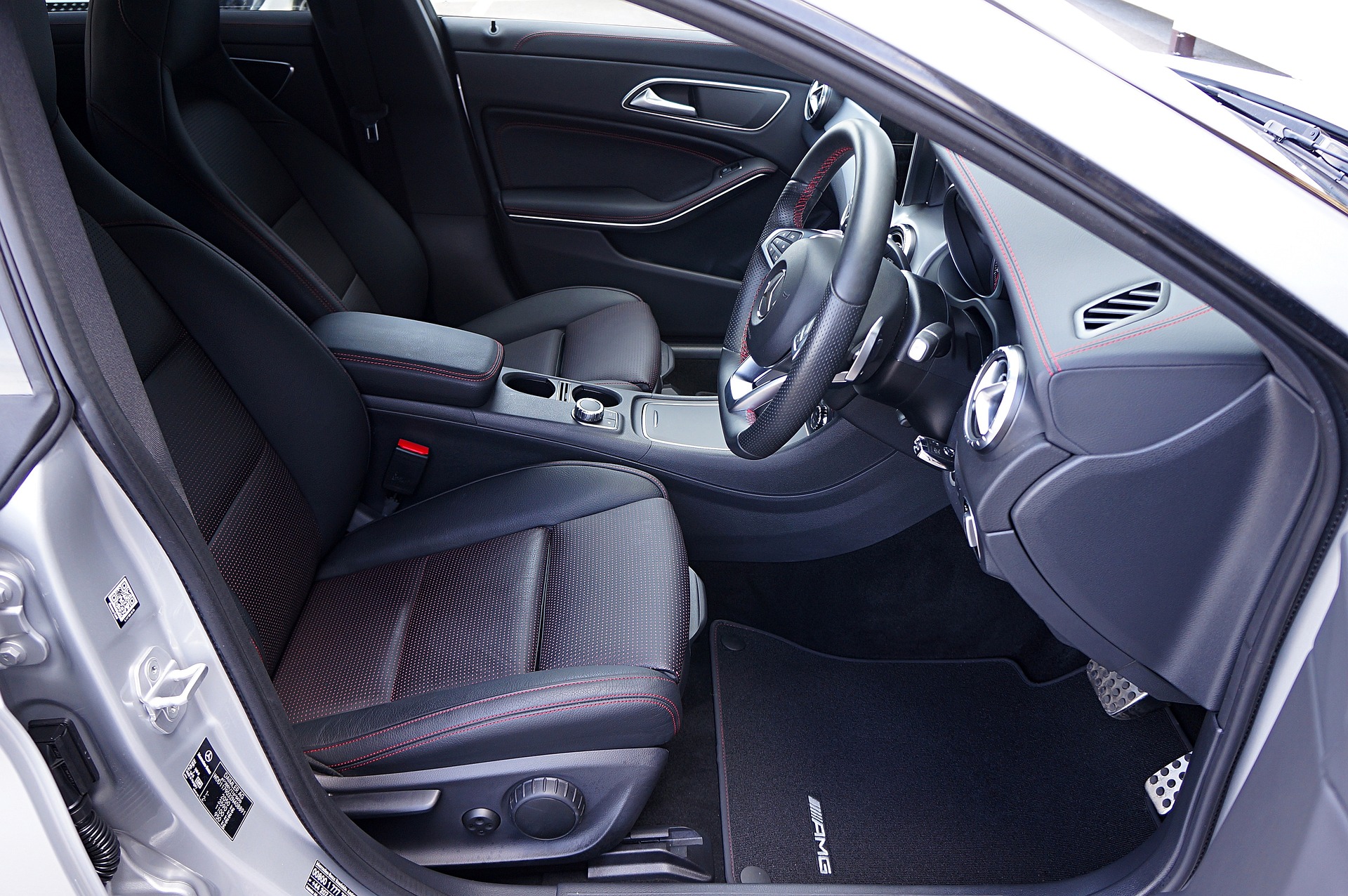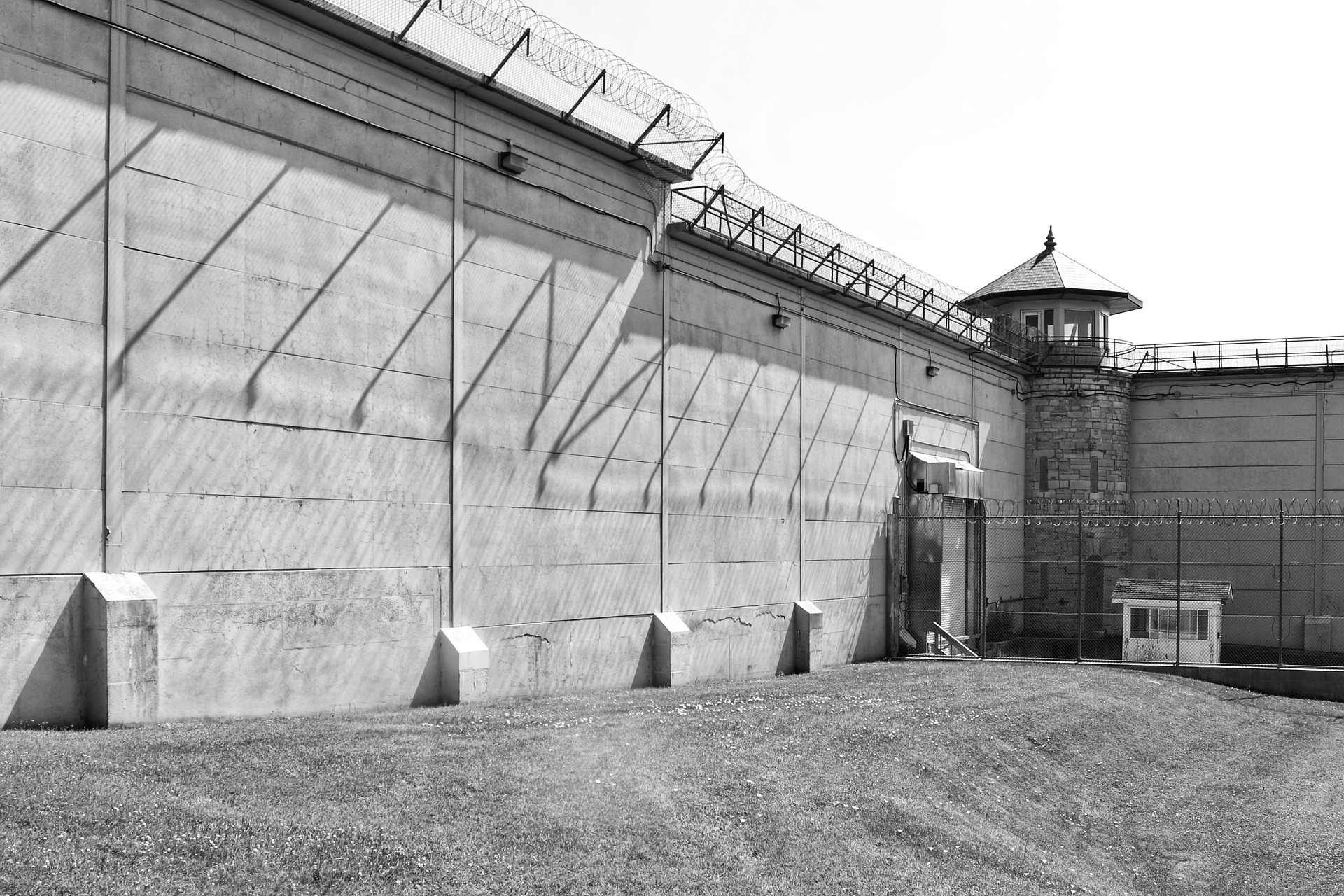Rear Differential: Unfelt Hero beneath your Chassis
When you round the corner in your car, ever wonder about the magical blend of physics and mechanical genius at play underneath? Let's dive into the mysterious domain of rear differentials - a less known but highly crucial part of automotive technology.
History in a Nutshell
The rear differential has a long lineage dating back to 1827, stemming from a French engineer, Onésiphore Pecqueur’s ingenuity. Initially intended for steam-powered vehicles, its utility was soon found in conventional automobiles. The late 19th century saw its application in bicycle sprocket gears and automobiles. This technology was a silent revolutionary force in the auto world, changing automobile dynamics forever.
What is a Rear Differential?
A rear differential is a gearbox fitted between the rear wheels of a vehicle. It is responsible for the equal and opposite rotation of the wheels when taking a turn. The technology is an amalgamation of well-crafted gears and complex engineering mechanics that allows the wheels to rotate at different speeds, ensuring a smooth ride.
Current Industry Trends and Innovations
Today, as we steer towards more advanced and performance-oriented vehicles, differential technology is evolving. The auto industry’s incessant pursuit of innovation is molding traditional rear differentials into limited-slip differentials (LSD).
These LSDs are designed to allocate more engine power to the wheel that has more grip. This prevents wheel spin and ensures better handling - highly desirable in high-performance cars or tricky driving conditions. Additionally, the emerging ‘torque vectoring’ system goes a step further, offering control over each wheel independently.
Impact, Benefits, and Challenges
Rear differentials have significantly enhanced a vehicle’s maneuvering prowess. Its greatest impact lies in ensuring vehicle stability, smoother turning without tire wear, and increased efficiency. Car enthusiasts and everyday drivers alike benefit from this intricate mechanism’s contribution to overall vehicle performance.
Despite the numerous benefits, manufacturing rear differentials pose certain challenges, primarily due to their complex architecture. Moreover, designing different types for cars with various wheel drives adds to its complexity. Another challenge is the need for periodic maintenance and fluid change, often overlooked by many drivers.
The Beauty of the Unseen
In our routine drives, we seldom acknowledge the ones working behind the scenes, contributing silently to our experience. The rear differential is one such unsung hero in automotive technology. While it remains unseen to most drivers, it is truly a mechanical marvel that keeps our journey smooth and our drive dynamic.
The future holds more advancements, given the pace of innovations in this specific aspect of vehicles. Whatever your drives may look like in the coming years, know that beneath you, gears will keep whirring, easing you around each turn, courtesy of the quaint hardware called the rear differential.





